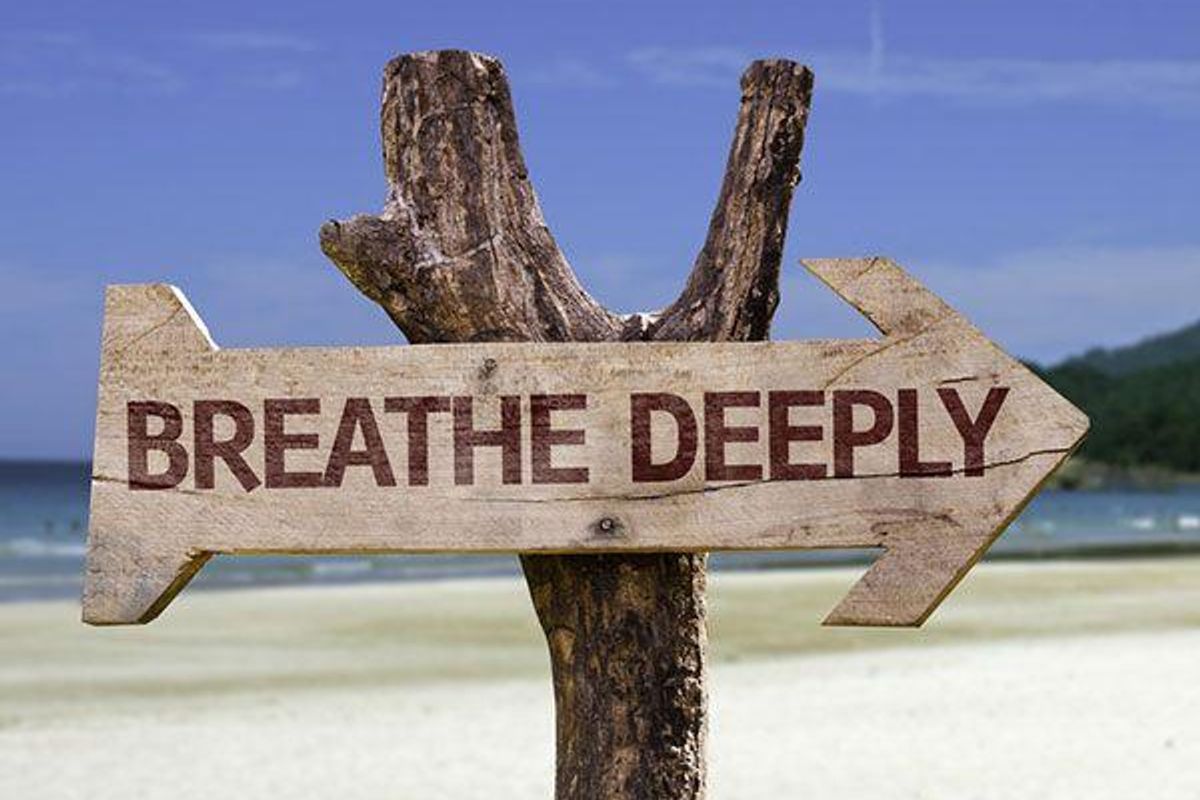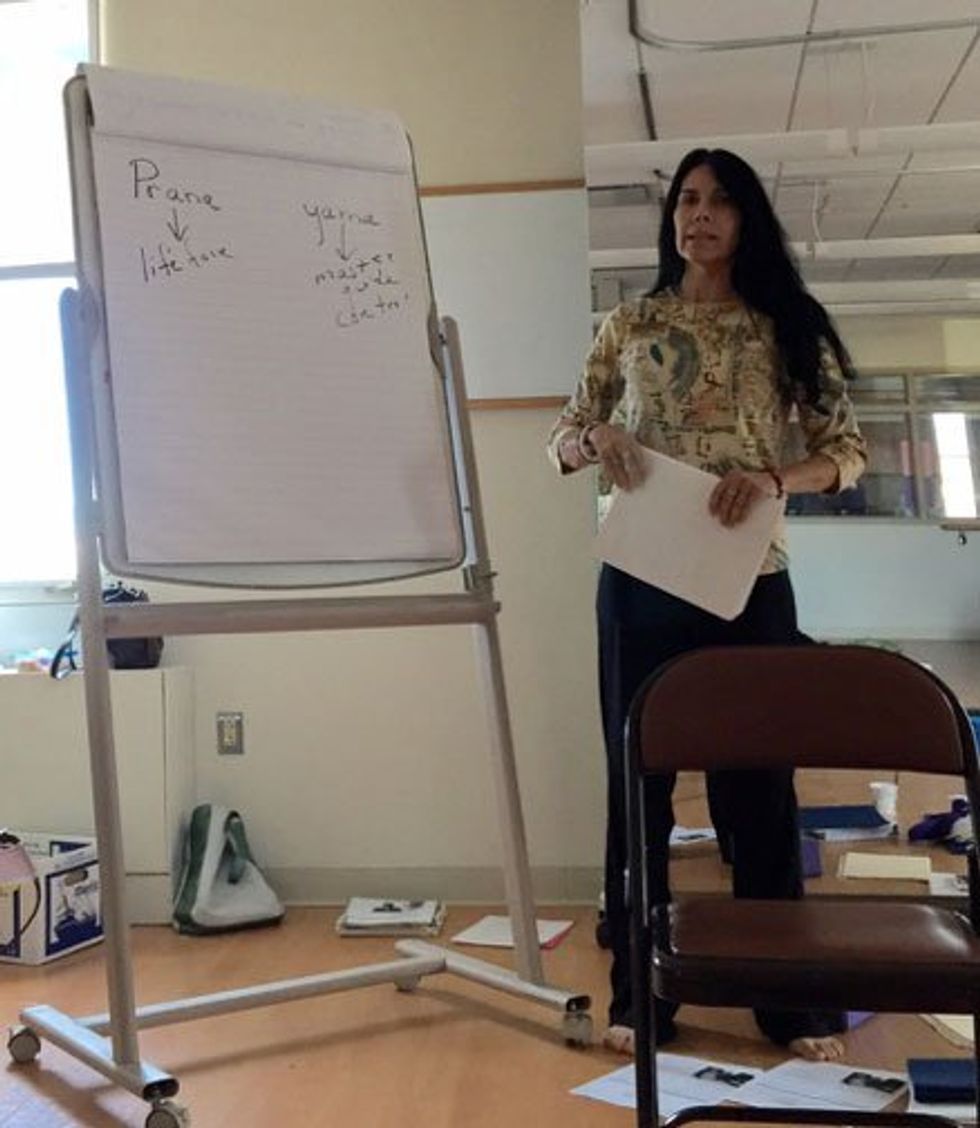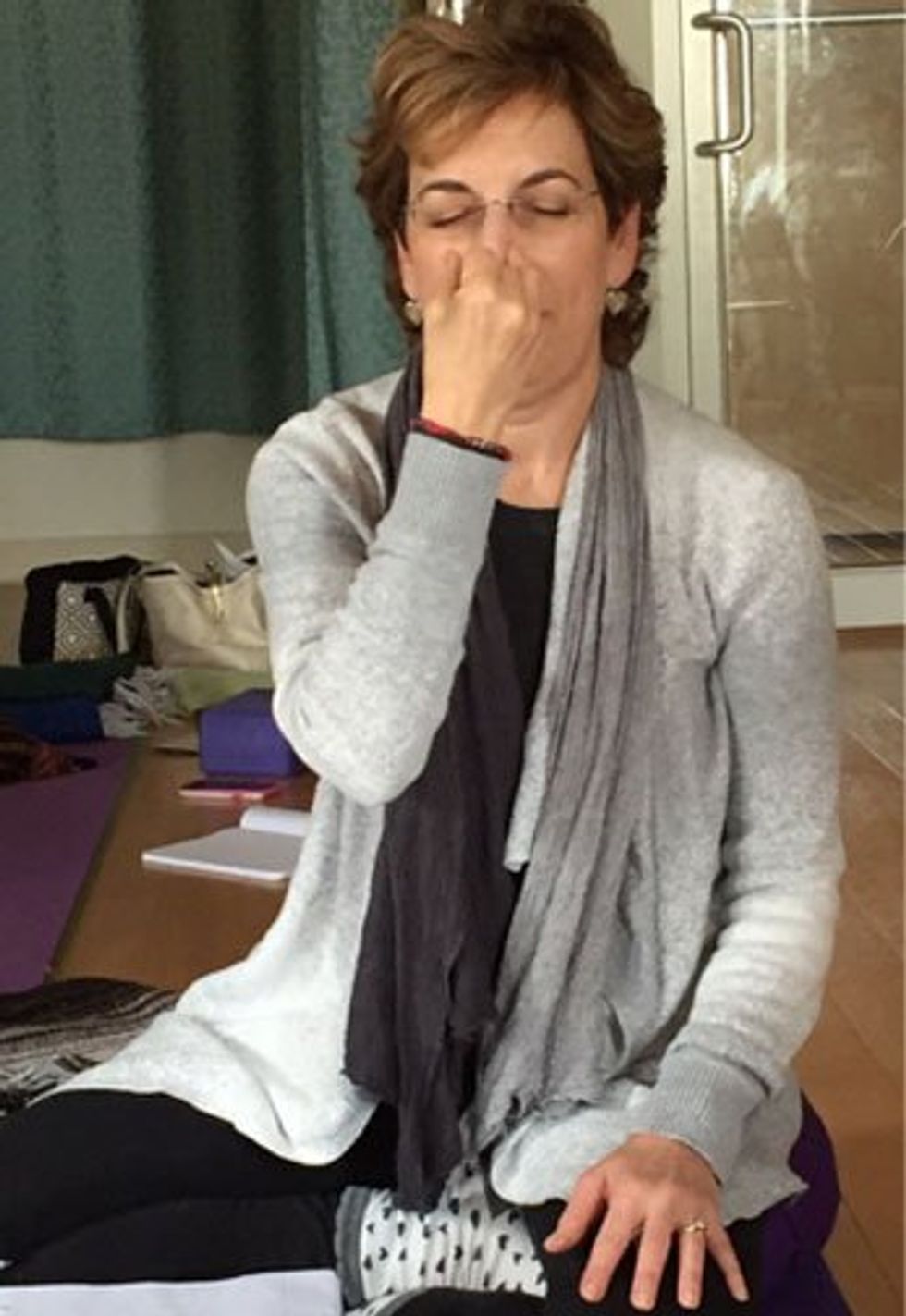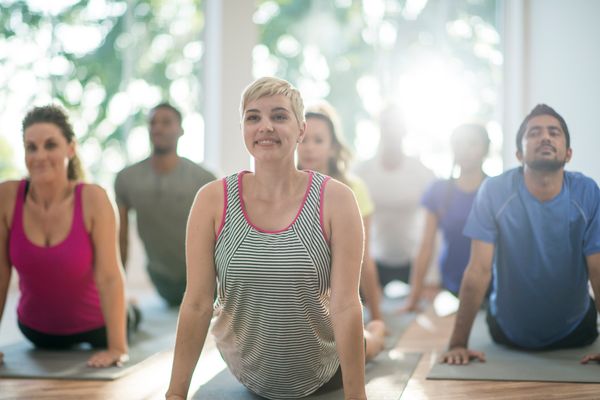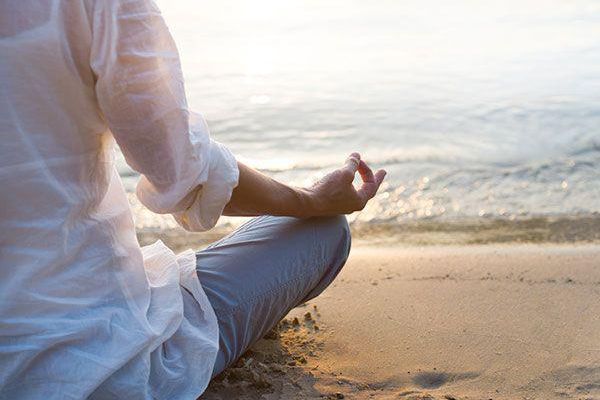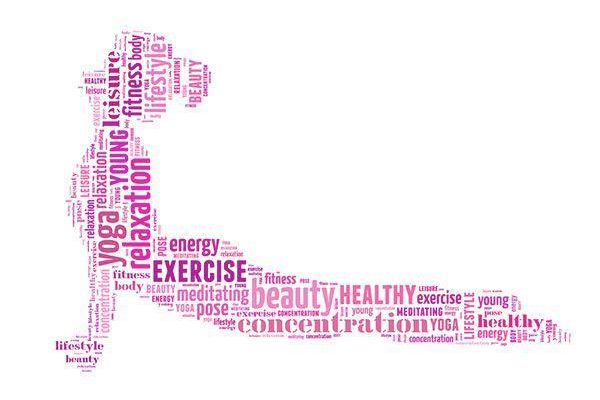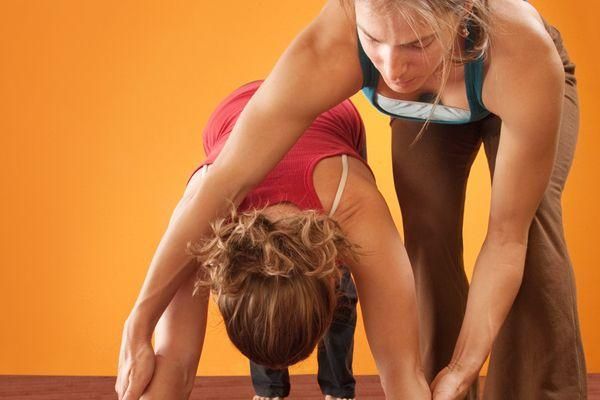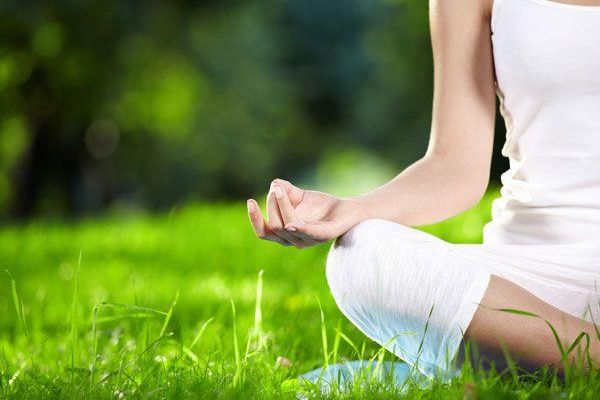My post 50 journey to become a yoga instructor has been an enlightening experience so far. I'm becoming a student of awareness and stillness. As the master poet Rumi says, "We cannot see our reflection in running water. It is only in still water that we can see."
One of the most important things I'm learning in my yoga training at Lourdes Institute of Wholistic Studies is how to expand my prana. Prana is the Sanskrit word for "life force." According to Wikipedia, "Prana enters the body through the breath and is sent to every cell through the circulatory system."
"Prana is the bridge that connects the body to the mind," said our teacher M. "You can't touch your prana, but you can make it move through the breath. Yoga works better with prana. Yoga opens the prana blockages."
In yoga, you usually breathe through your nose rather than your mouth. "It filters the air more when you breathe through your nose," said M.
"Our lungs have the capacity for five liters of oxygen," she said. "Yet, we normally only breathe in one to two pints. Prana runs through the spinal cord. When you keep your spine flexible you will live longer."
Our yoga teacher M helps us understand pranayama.
Practicing Pranayama
So how do you improve the flow of prana? By practicing yoga breathing, also known as pranayama. These wonderful breathing techniques have been found to reduce stress and help lower blood pressure.
Speaking of stress, since this time of year is so stressful, I thought I would share two yoga breaths with you. You can use these breaths during the day to help you calm down if you're anxious or at bedtime to help you relax your monkey mind for sleep.
Dirgha Pranayama—Three-Part Breath
One of the deeper breaths we practice in yoga is called dirgha pranayama, which is Sanskrit for three-part breath. This is a good breath to practice when you are lying on your back on your yoga mat or on your bed or carpeting.
Place a pillow or folded blanket under your head so you are comfortable. Close your eyes. Take a deep breath in through the nose and let the breath travel all the way down to the belly, up through the ribs and into the collarbone. Then slowly exhale through the nose pushing the stale breath out through each part of the body. Place your left hand on your belly and your right hand on the side of your ribs, feel the different parts of your body rise as you inhale and fall back to the earth as you exhale. You can move your left hand to your collarbone if you want to feel the upper chambers rise and fall.
Nadi Shodhana—Alternate Nostril Breathing
This is one of my favorite yoga breaths. I had to practice this breath for seven days and then write about it for a homework assignment. Because this breath takes in oxygen through one nostril at a time, the air comes in more slowly, almost like a sprinkler system when you water the grass.
Practicing nadi shodhana can help you relax.
To practice nadi shodhana, take your right hand and bring it to your nose. Fold your pointer finger and middle finger into your palm and use your thumb to slightly close off your right nostril and your pinkie and ring finger to close off your left nostril. Begin by closing off the right nostril and inhaling through the left nostril, then close off the left nostril and exhale through the right nostril. Inhale right, close off right, exhale left, inhale left, close left, exhale right, keep going. See if you can practice nadi shodhana for five minutes. Go at your own rhythm and pace—don't rush. Close your eyes while you breathe.
BTW, the left nostril is the calming nostril and the right nostril is the more energizing nostril. Which one is more open today? How did it go? Do you feel more relaxed? This breath is supposed to help with headaches, too.
Don't worry if you don't totally zone out the first time you try these breathing techniques. That's why they call yoga a practice, because you have to keep doing it to improve and feel the benefits.
This post originally appeared on aboomerslifeafter50.com.
Read more about My Post-50 Yoga Journey:
The First Step
It's About Mind, Body and Spirit

